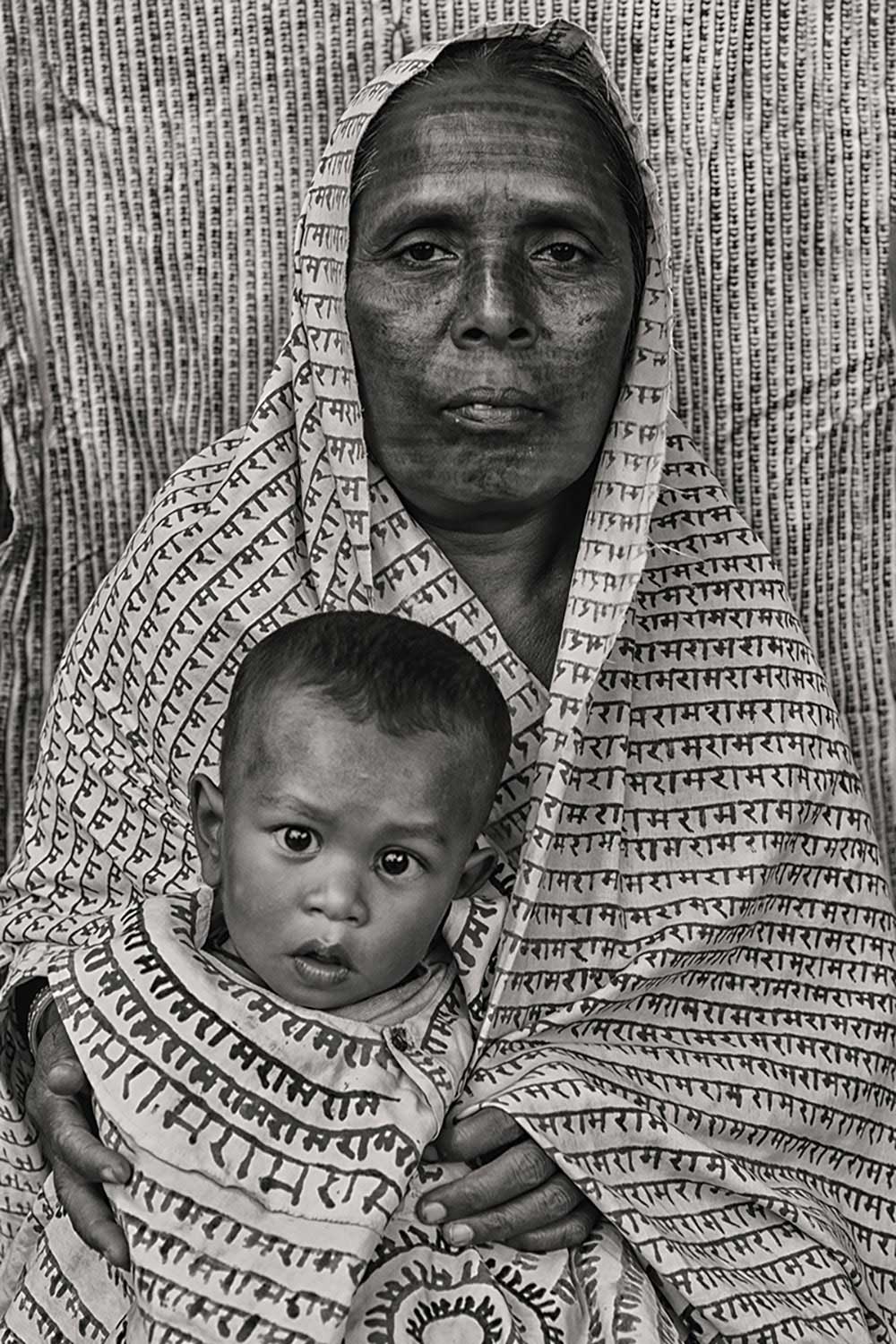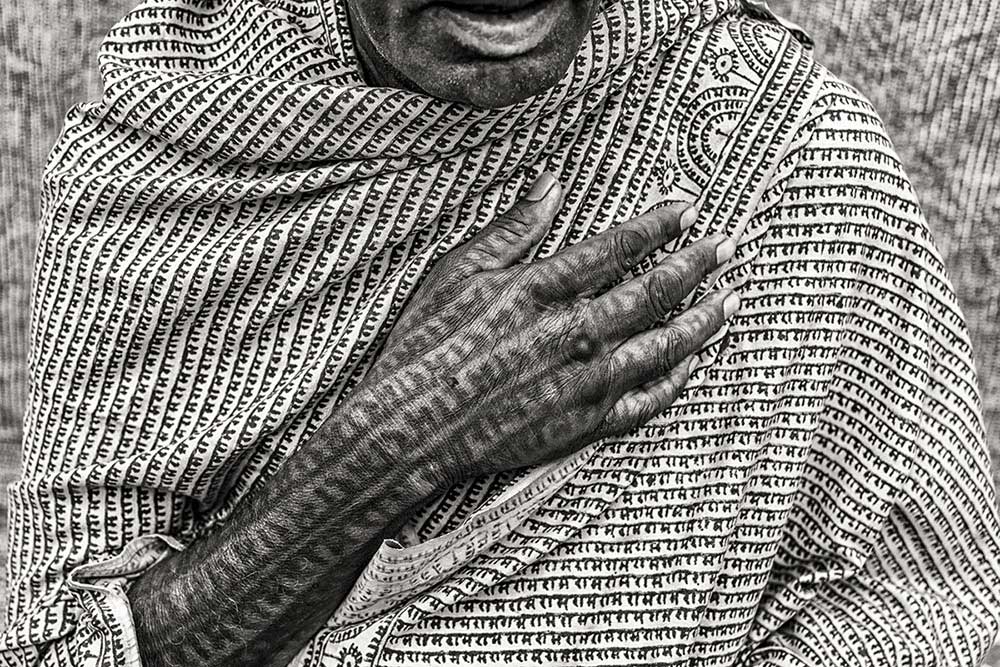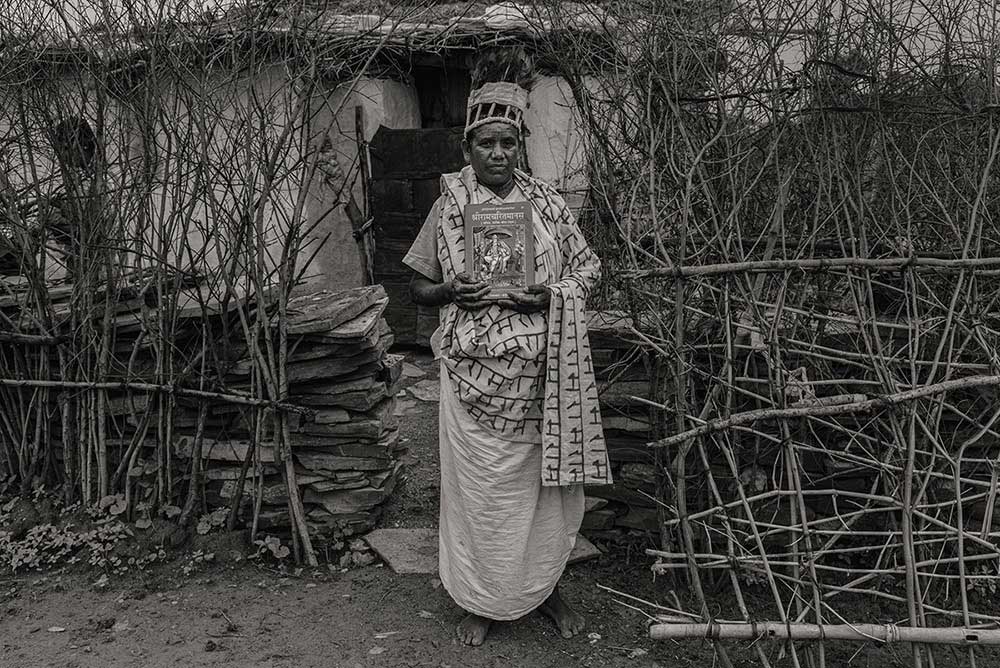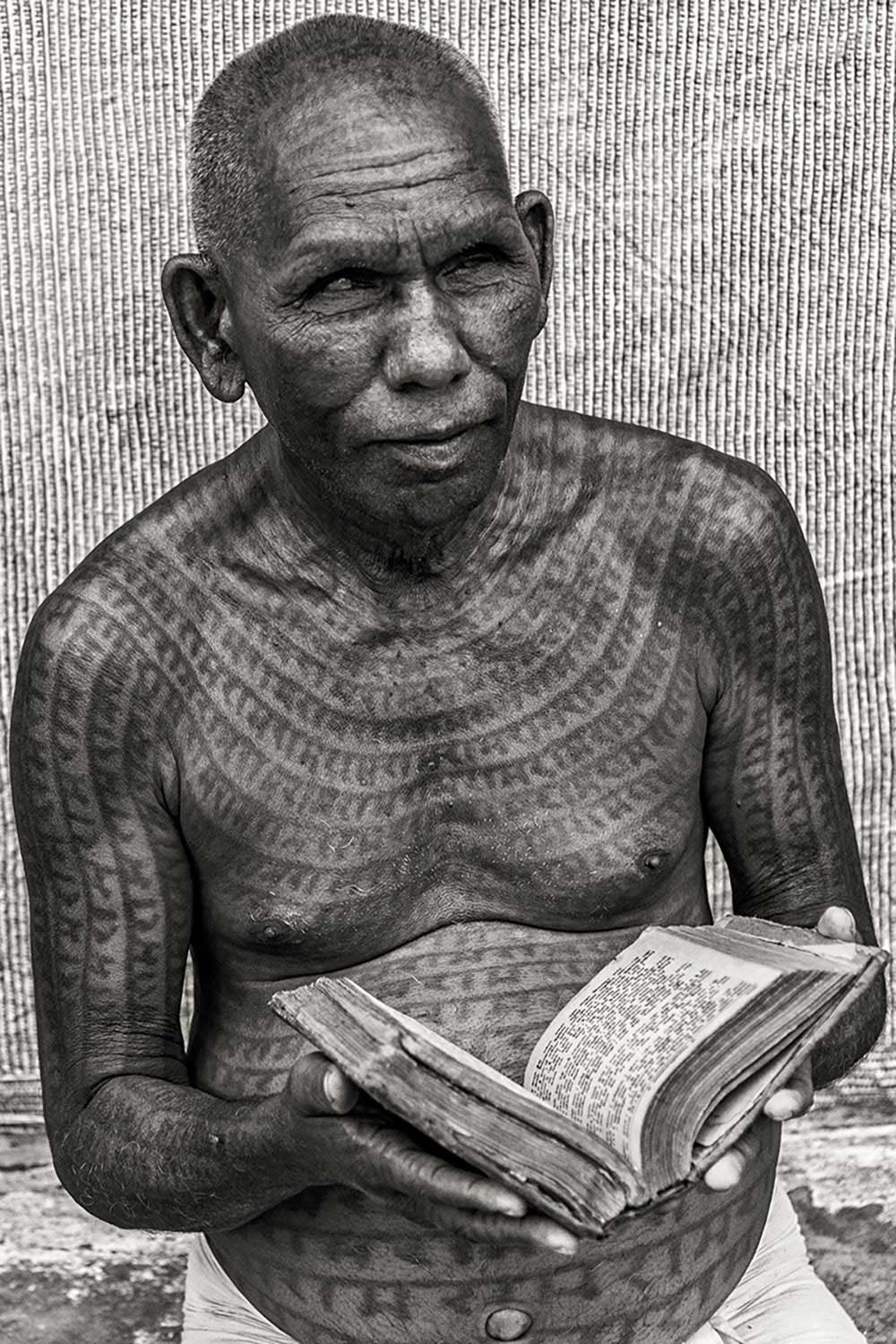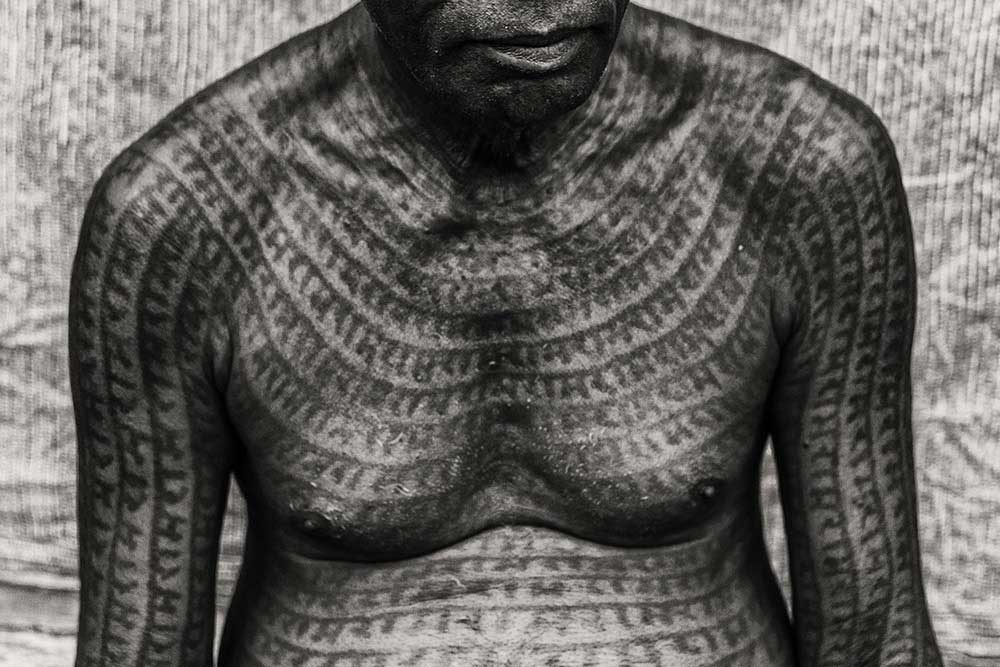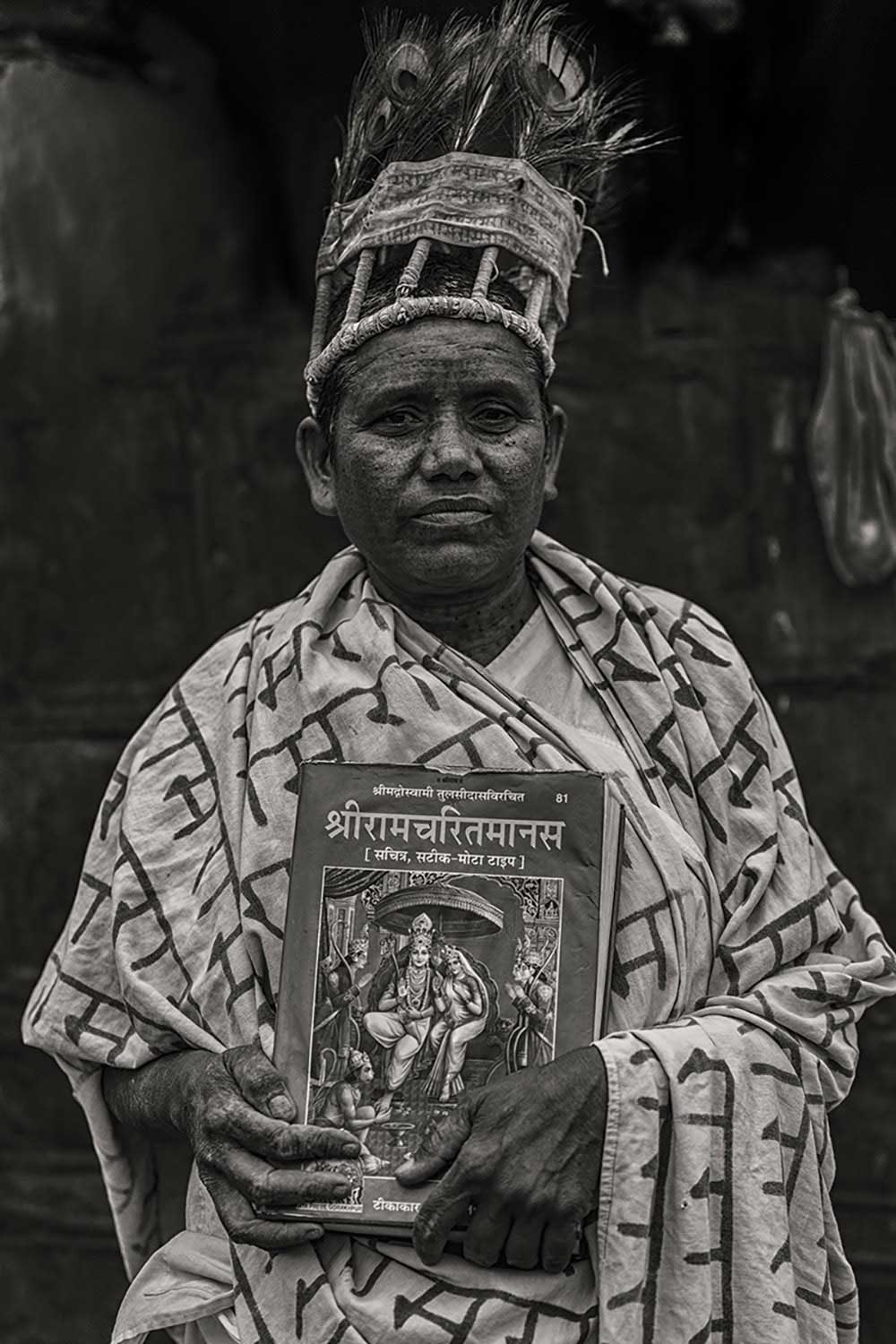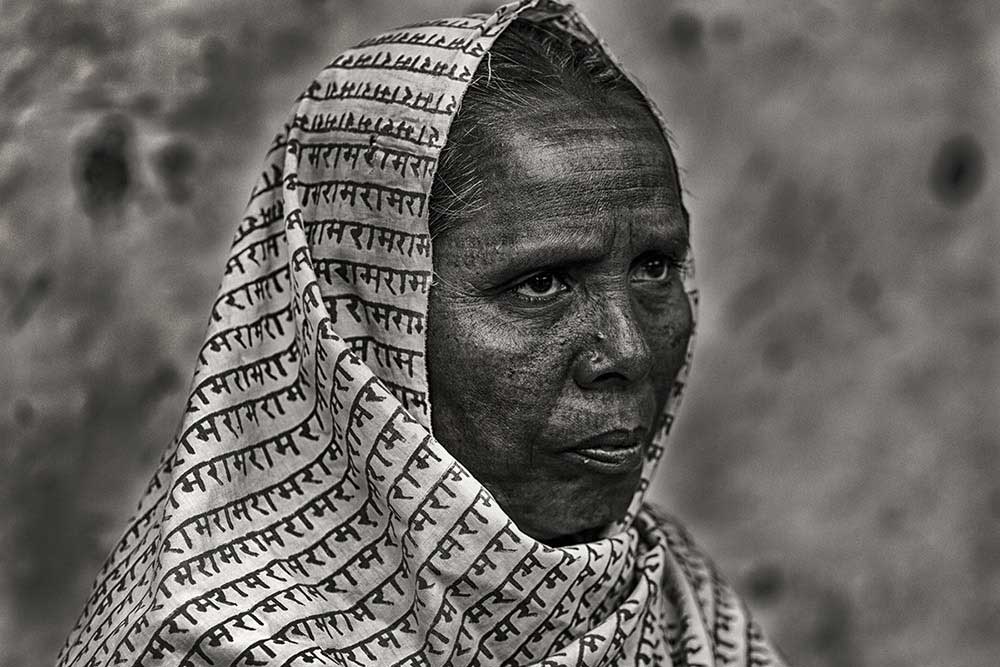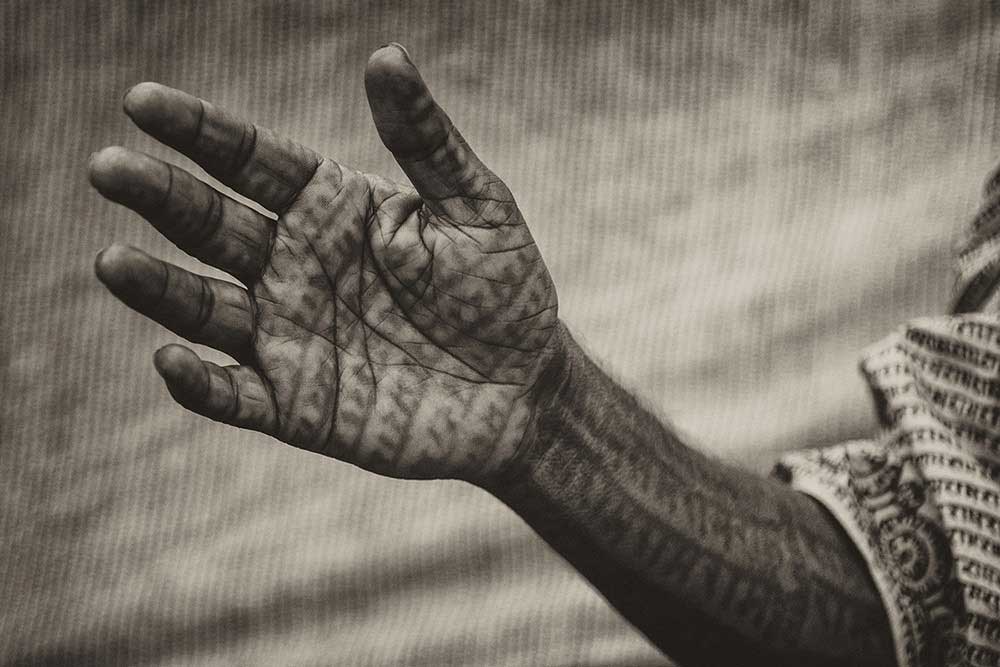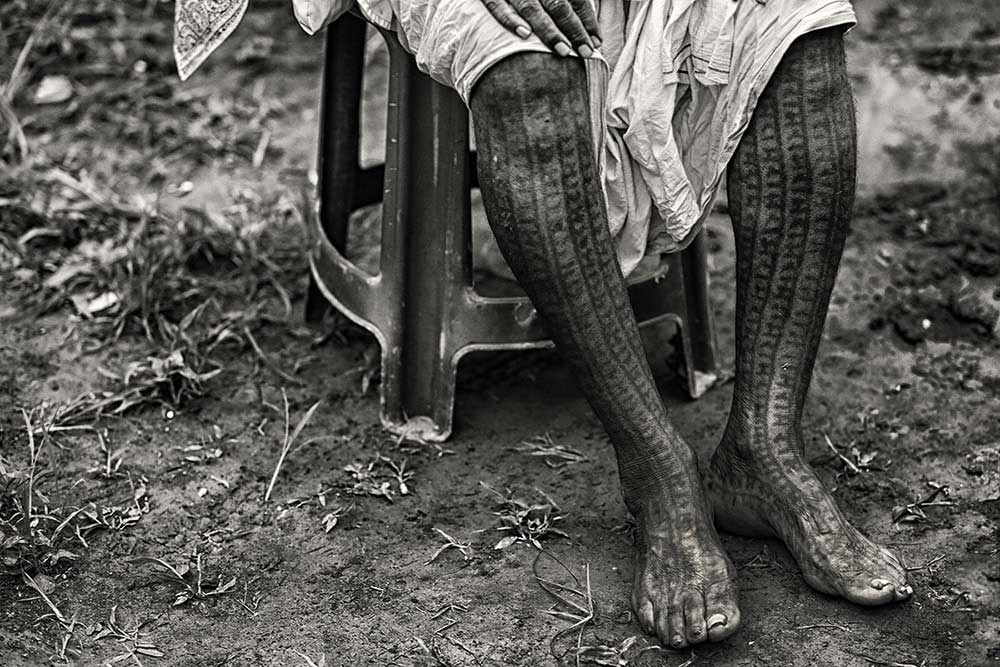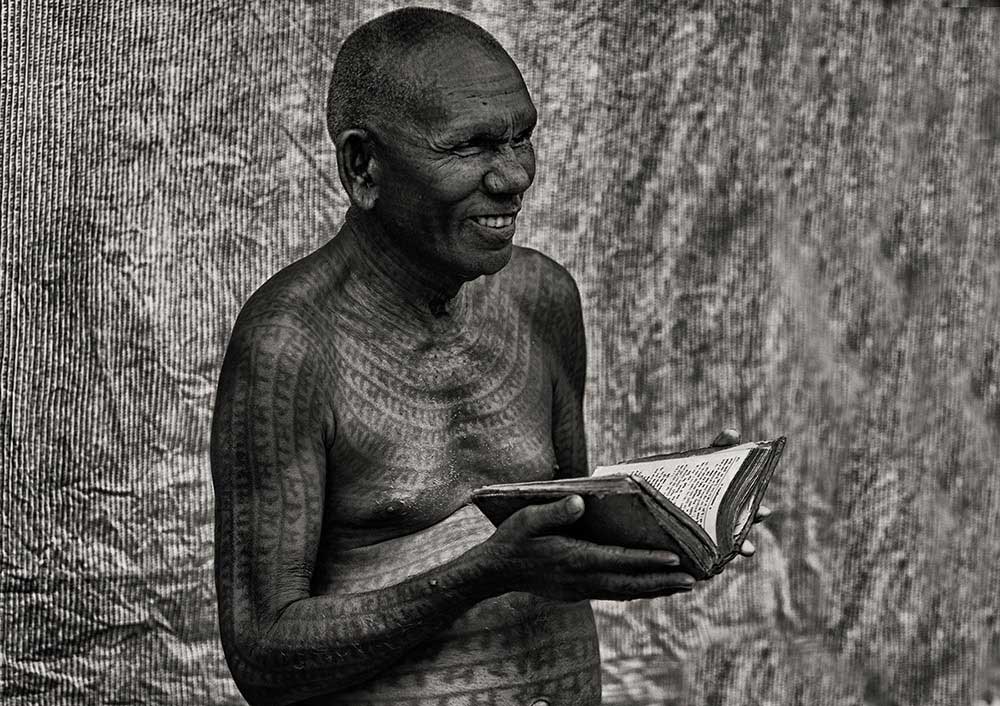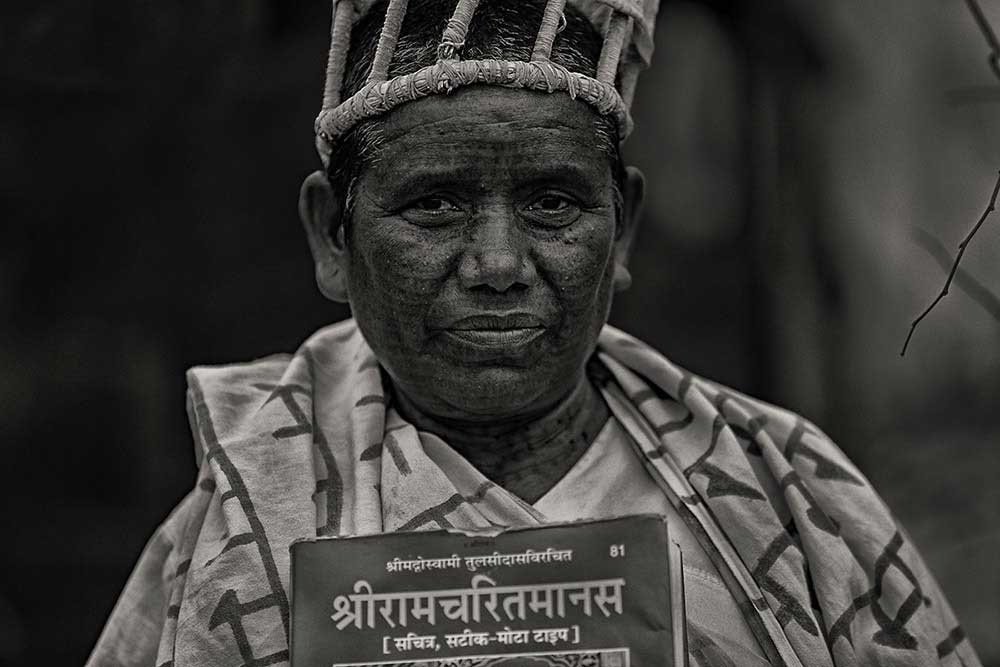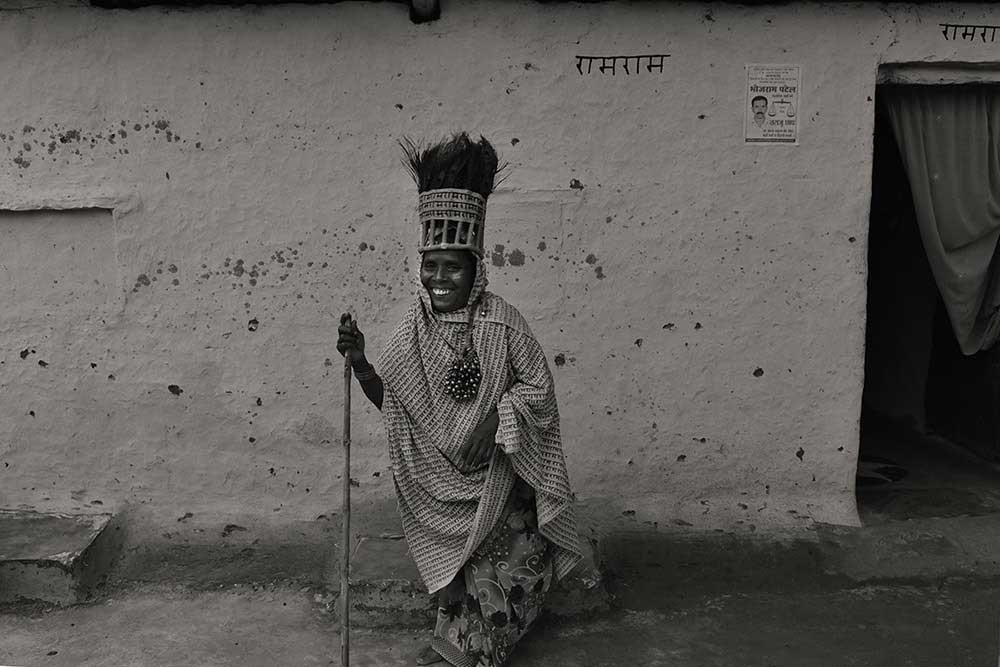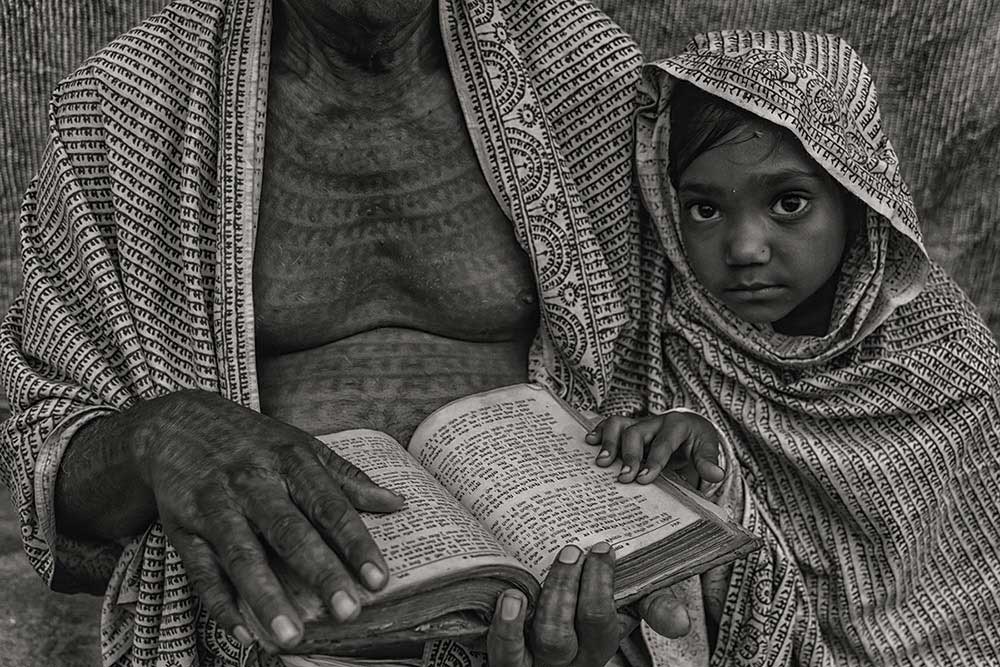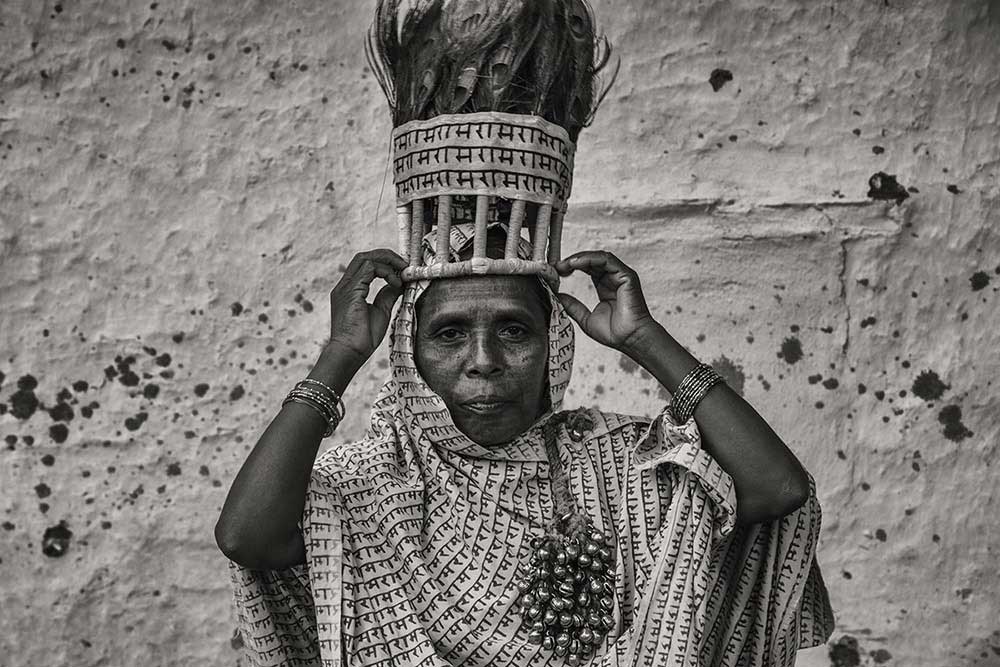Low-caste Hindus in the eastern state of Chhattisgarh first began tattooing their bodies and faces more than 100 years ago as an act of devotion and defiance after being denied entry to temples and forced to use separate wells.
Ramnamis, as followers of the Ramnami Samaj religious movement are called, first wrote the Hindu god Ram’s name on their bodies as a message to higher-caste Indians that god is everywhere, regardless of caste.
Despite the 1955 legislation, centuries-old feudal attitudes persist in many parts of the country and low-caste people, or Dalits, still face prejudice in every sector from education to employment. Tandon is optimistic about the Ramnamis’ relative change in fortunes since he had his body tattooed all those years ago. “The world is changing, the times are changing,” he told Reuters. “We have all realised that we are all same .Children born in the community are still required to be tattooed somewhere on their body, preferably on their chest, at least once by the age of two. According to their religious practices, Ramnamis do not drink or smoke, must chant the name “Ram” daily and are exhorted to treat everybody with equality and respect.Almost every Ramnami household owns a copy of the Ramayana epic, a book on Lord Rama’s life and teachings, along with small statues of Indian deities. Most followers’ homes in these villages have “Ram Ram” written in black on the outer and inner walls.
